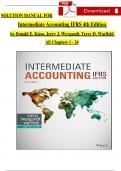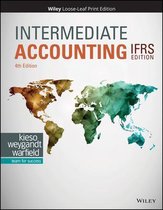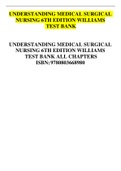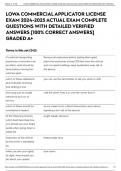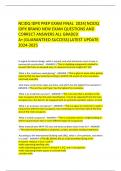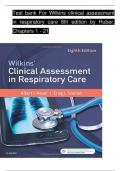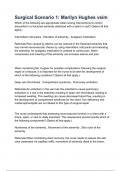Examen
Intermediate Accounting IFRS 4th Edition Solution Manual by Donald E. Kieso, Jerry J. Weygandt, Complete Chapters 1 - 24, Verified Newest Version
- Grado
- Institución
- Book
Solution Manual For Intermediate Accounting IFRS 4th Edition by Donald E. Kieso, Jerry J. Weygandt, Complete Chapters 1 - 24, Verified Newest Version 1 Financial Reporting and Accounting Standards 1-1 2 Conceptual Framework for Financial Reporting 2-1 3 The Accounting Information System 3-1 4 Incom...
[Mostrar más]
